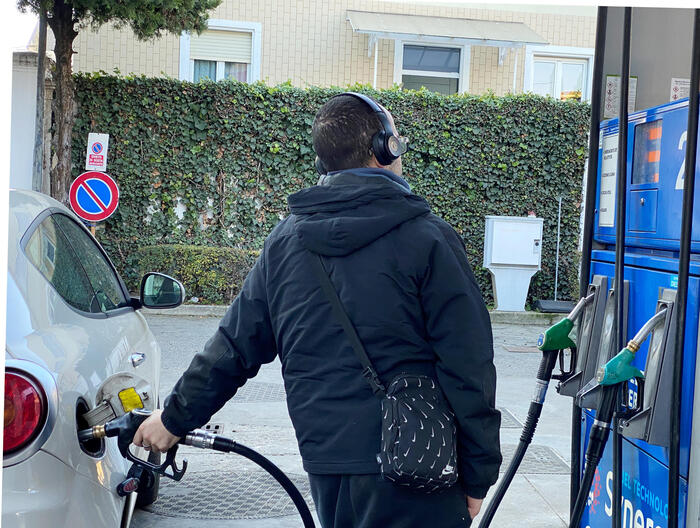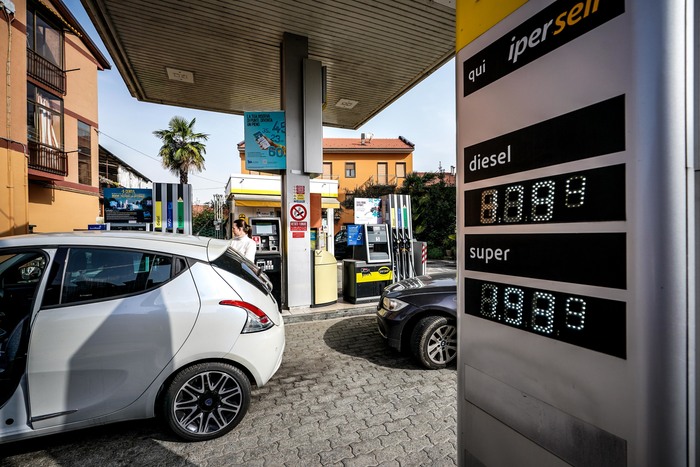How much will we notice the new VAT rate in everyday life? A data analysis shows: The savings on products from skin cream to jeans remain low. A surprise is waiting for larger purchases.
- More money at the end of the month - that's what the new lower VAT rate promises from July .
- From golf to Billy shelf, we show what we could really save from July.
- Examples of donkey to Christmas tree show how strange the rules for VAT are.
As of July, all German citizens will only pay 16 percent VAT; the reduced tax rate even drops to five percent. This is historical: Since the introduction, this tax has only ever gone up. By the end of the year, everything about VAT has changed due to the corona virus - which we will notice with every single purchase.
How much do we actually save thanks to the economic stimulus package? In a first data analysis, we researched popular German consumer goods. And we use examples to show how much it could be cheaper for each product . It is always assumed that the manufacturers pass on the VAT reduction to their customers. However, this has not always been the case in the past - as the case of feminine hygiene products shows. The reduced tax rate has recently been applied to these - but there is not much to be noticed of them at the till.
Possible savings by lowering VAT
TOP 10 PRODUCTS | CURRENT MARKET PRICE | POSSIBLE SAVINGS |
1 liter of milk, 3.5% fat | 0.79 euros | 0.02 euros |
VW Golf, basic model | 19,995 euros | 504 euros |
Levis women's jeans | 85 euros | 2.14 euros |
Tank filling Golf E10 (50 liters) | 58.37 euros | 1.47 euros |
Billy bookcase Ikea | 79 euros | 1.99 euros |
Blood glucose meter Salter | 39.99 euros | 1.01 euros |
Gardena secateurs | 11.86 euros | 0.30 euros |
Nivea skin cream | 1.16 euros | 0.03 euros |
Canon camera 2000D | 329 euros | 8.29 euros |
Marlboro Red 20 pieces | 7 euros | 0.18 euros |
The table above shows exemplary products in the ten categories in which Germans invested the most money in 2019 (see methodology at the end). It turns out that the reduction in VAT is something like a small scrapping premium, even if it shouldn't be called that. With a Golf in the basic equipment, you save 500 euros. But when you buy a Billy shelf , you look back at reality soberly : only two euros more remained in your wallet. After all, that's enough for two Ikea hot dogs.
The consequences of the lowering are sometimes amusing and not always logical
However, our evaluation also shows the sometimes complex to absurd peculiarities of German tax law: for petrol, VAT is not only added to the fuel itself, but also to the energy tax, for example. And when it comes to cigarettes, it turns out that in the end all smokers could end up pretty empty. With a box price of cigarettes of seven euros, the special calculation method for tobacco products would save just 18 cents.
In relation to the individual product, three percentage points of savings due to the lower value-added tax are not exactly generous. That was completely different with the recently reduced long-distance transport tickets * from 19 to 7 percent VAT. Therefore, a look at the private consumer goods expenditure of a year gives an even better picture: With an average of 20,420 euros, savings of at least 43 euros per month . This is a noteworthy sum, especially for lower incomes. In reality, however, very different tax rates apply to different consumer spending, such as insurance. How much an average household can ultimately save or even save through the Corona stimulus package can hardly be reliably determined. Here you can find out which points are specifically included in the catalog of measures *.
How VAT has increased over the years
In any case, the fact that VAT will be reduced and not increased for the first time is a far-reaching step . The following diagram shows the development of value added tax since its introduction in 1968. The set of rules shown covers most consumer products such as cars, bicycles, lamps or furniture. The reduced rate applies, for example, to food and newspapers.
Strange examples of VAT: dead donkeys and felled Christmas trees
The rather dry topic of VAT, which is rather bizarre at first glance, drives in practice. It is not always logical to determine which consumer goods fall under the standard rate and which fall under the reduced tax rate. Only 7 percent VAT is charged on riding horses, but 19 percent for donkeys - whether live or slaughtered. For crossings between horse and donkey, only seven percent have to be paid, as the Süddeutsche Zeitung reports.
There is also no uniformity with fruit juices. The tax rate depends on the preparation. Basically, you have to pay 19 percent VAT for drinks such as pressed fruit juices. However, only seven percent VAT is charged on smoothies or other pureed fruit products. Things get really complicated when it comes to Christmas trees: According to the world, artificial trees, for example, are generally occupied with 19 percent, but trees from a forest with seven percent. A special tax rate of 10.7 percent applies to a tree from a special crop. Without VAT, the lowering of which is criticized by the taxpayers' union, there are still trees from abroad.
Donkey, be vigilant: The curious nature of VAT in Germany can already be seen in the subject of farm animals.
© Symbol picture picture alliance / dpa / Stefan Sauer
How we calculated the possible savings by lowering VAT
How the figures come about : As a starting point, we have used preliminary private consumer spending in Germany in 2019. From this we have determined the respective subcategories and filtered them for pure consumer products - so we deliberately leave out insurance and services. We subsequently determined representative examples for the ten top categories based on statistics from the Federal Motor Transport Authority, Amazon, industry associations, the Federal Statistical Office and other sources. Ultimately, however, the selection was not based on scientific criteria, but is intended to paint a broad and insightful picture of the most popular consumer goods in Germany.
How we calculated the prices : We subsequently determined a market price for price search engines and other sources with a broad database for each product. With the gasoline price we use the average price for May 2020 from clever-tanken.de. Then we converted the respective market price to the new VAT rate - which is a more complex calculation for tobacco or mineral oil taxes, for example. In spite of these restrictions, we believe that in this way a first helpful picture of the VAT reduction announced on Wednesday evening in times of the corona virus and its consequences can be drawn.
By Philipp David Pries and Selin Hubert
* Merkur.de is part of the nationwide Ippen-Digital editors network.
List of rubric lists: © dpa / Oliver Berg







